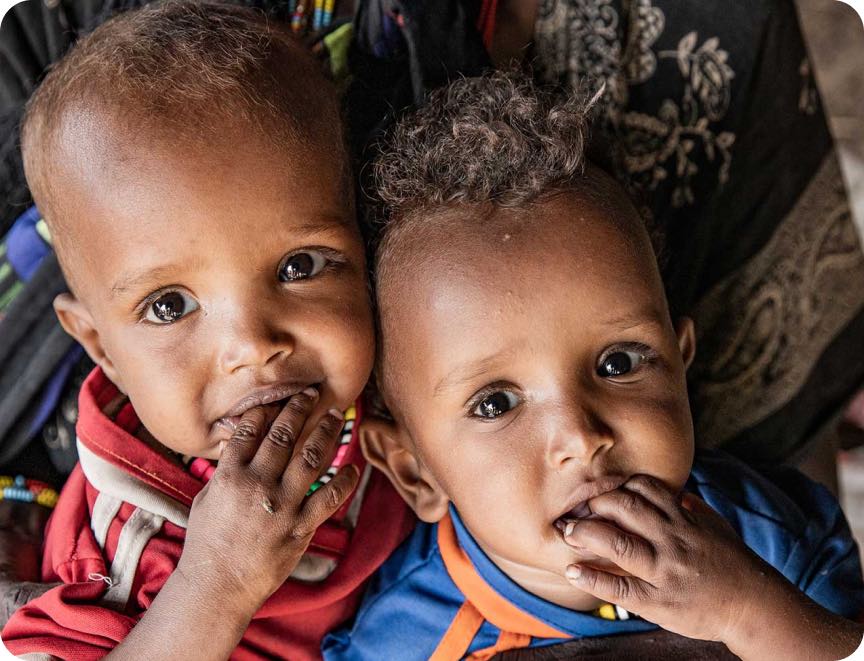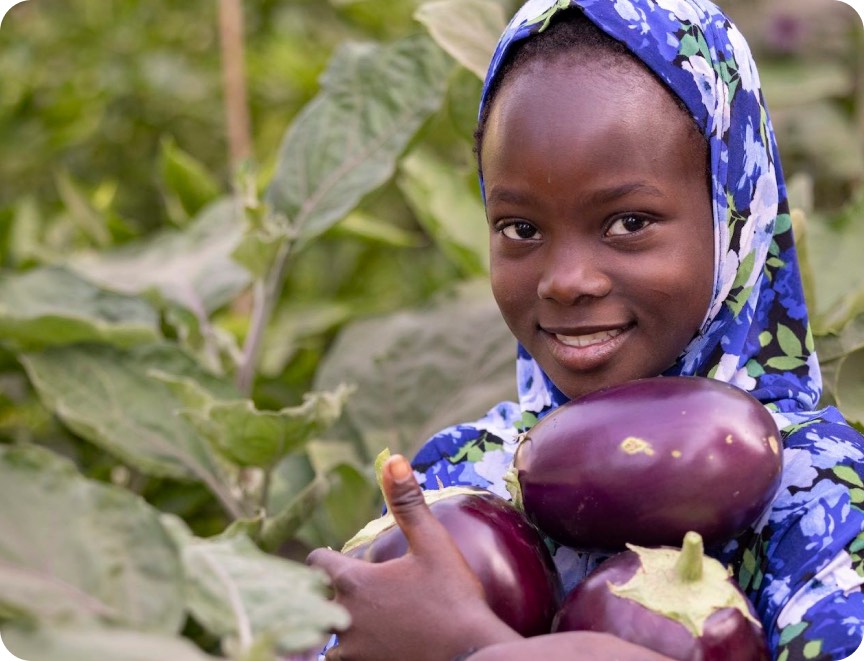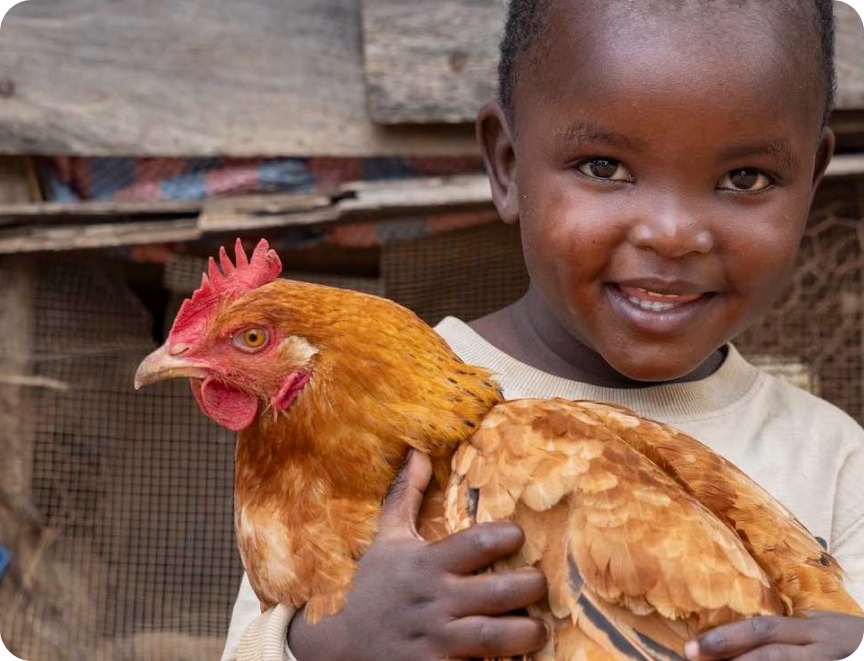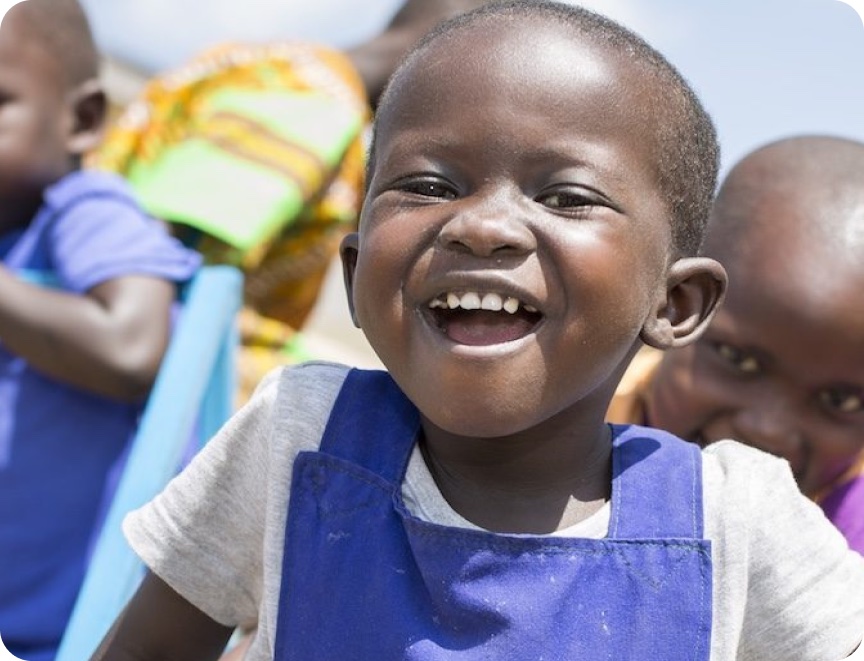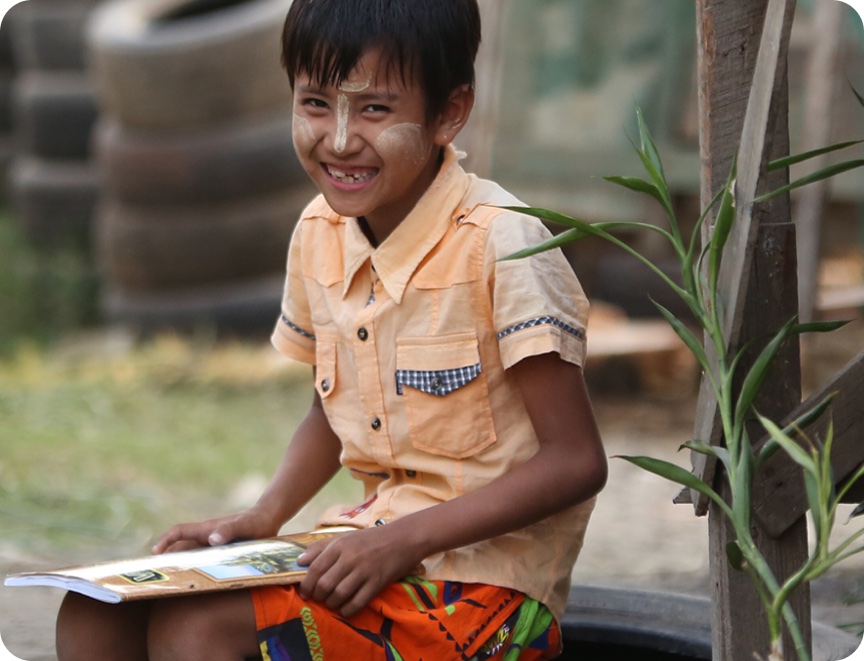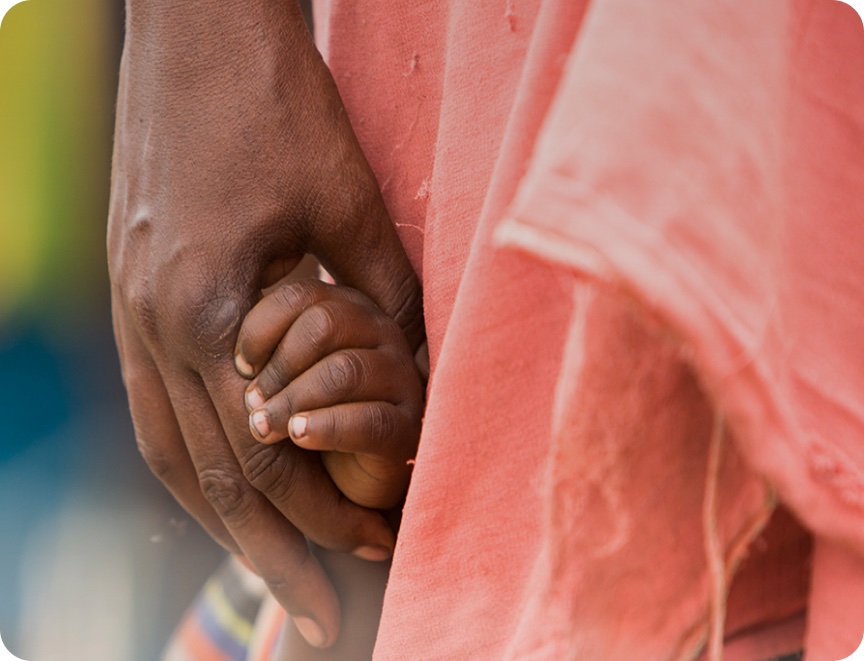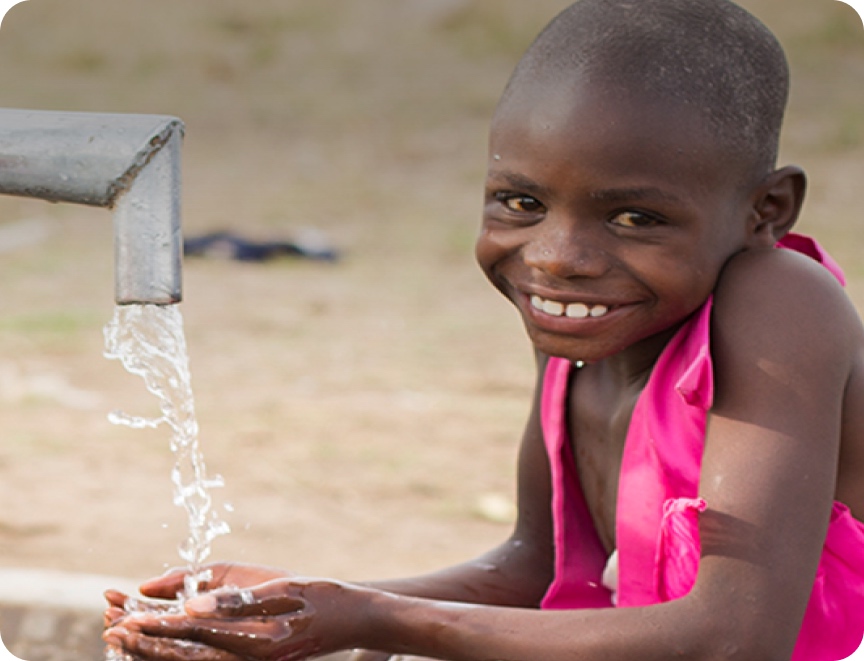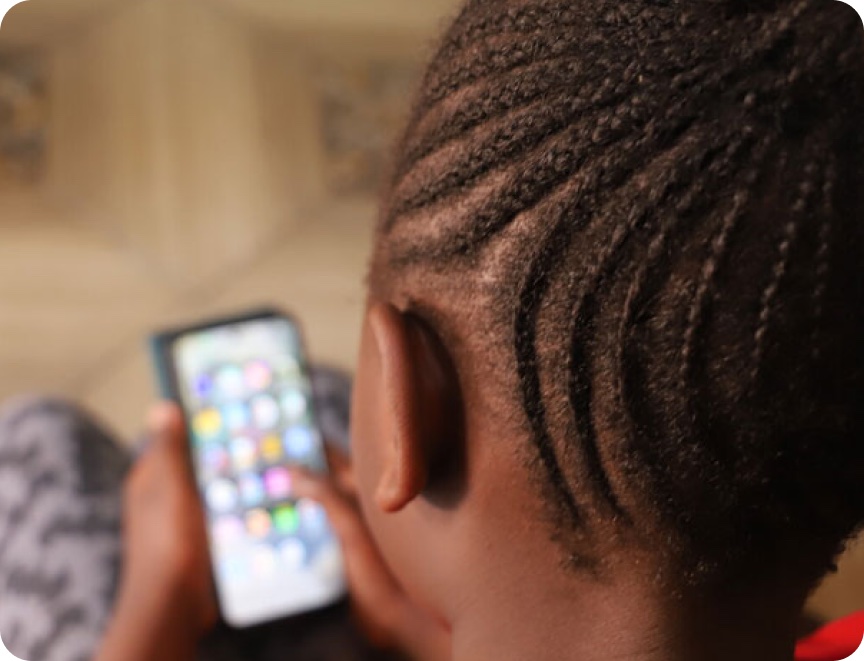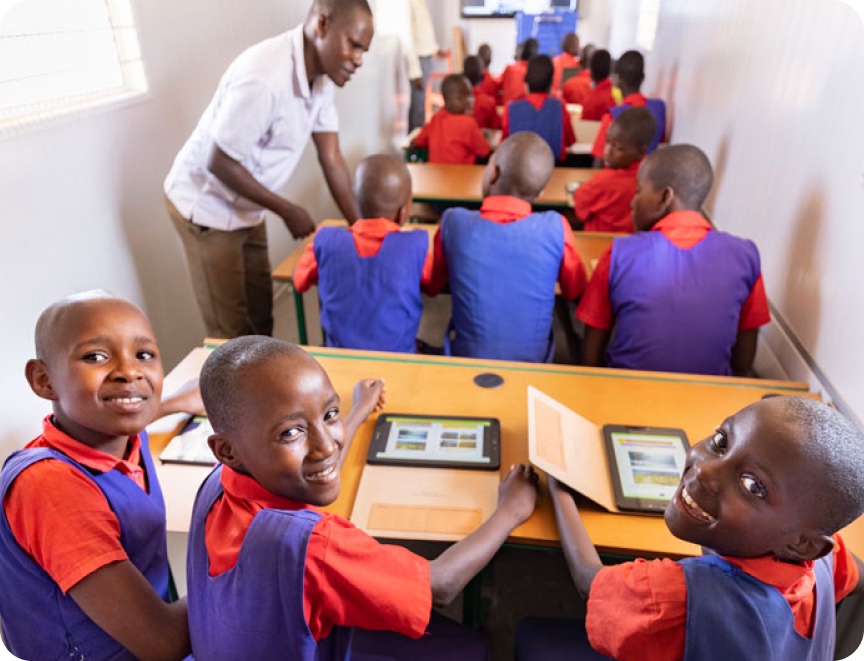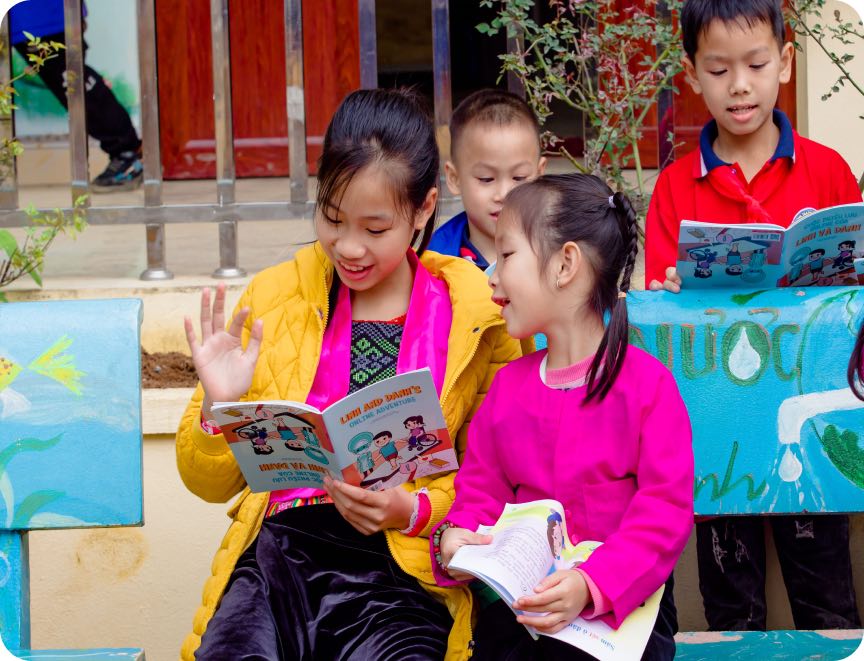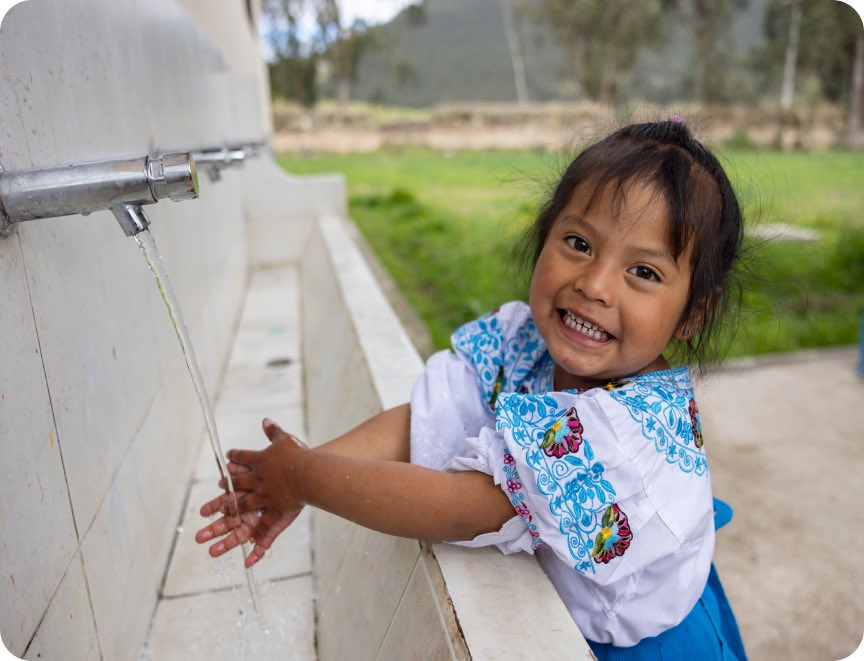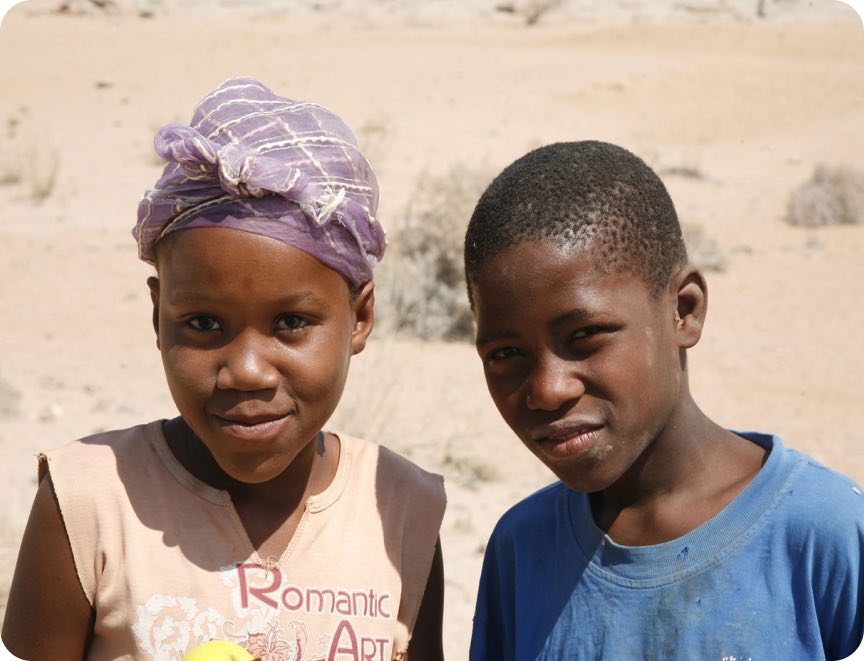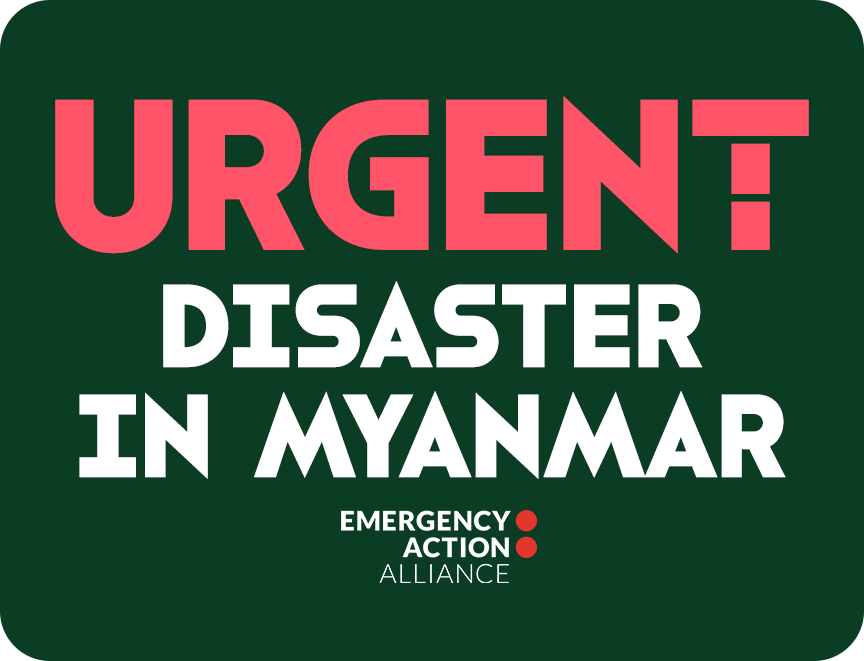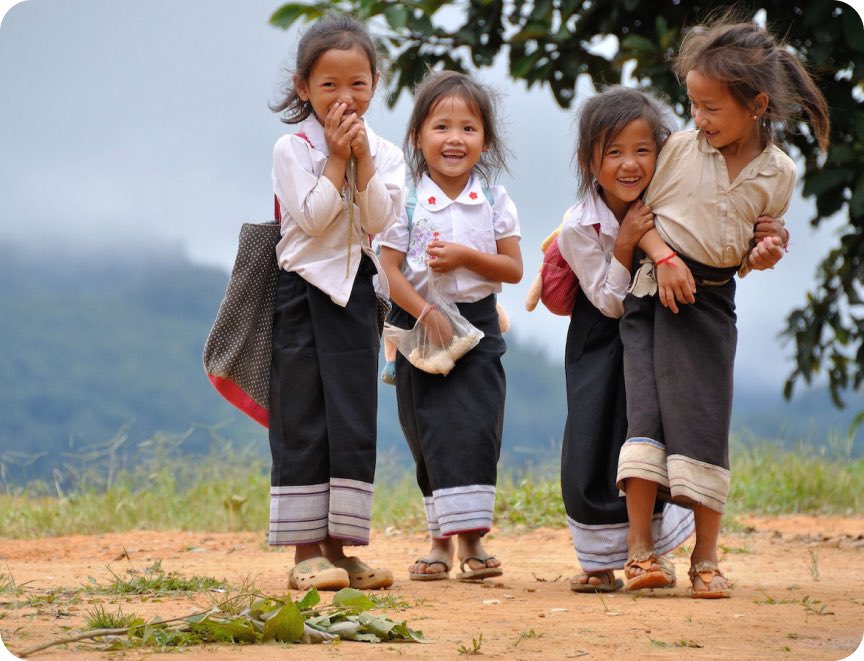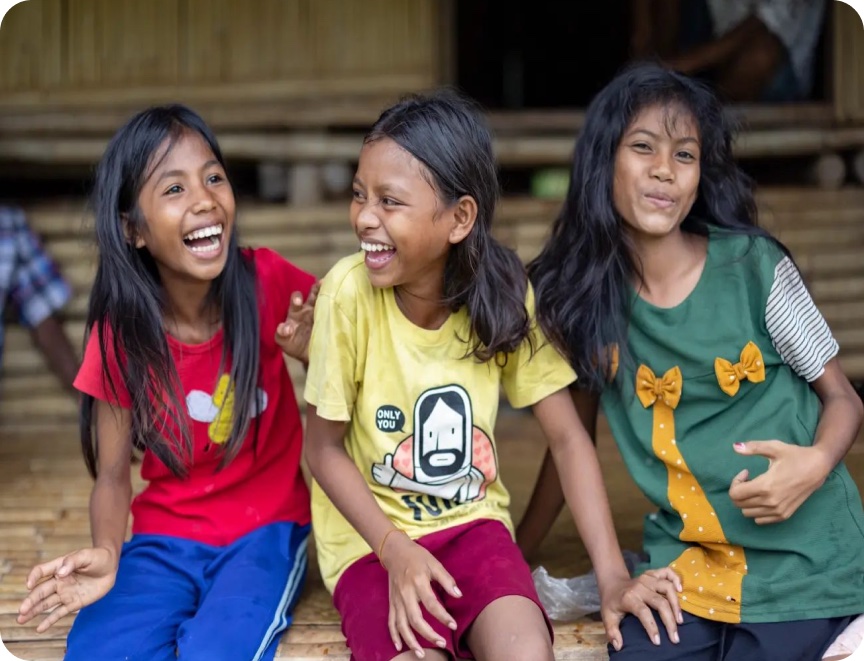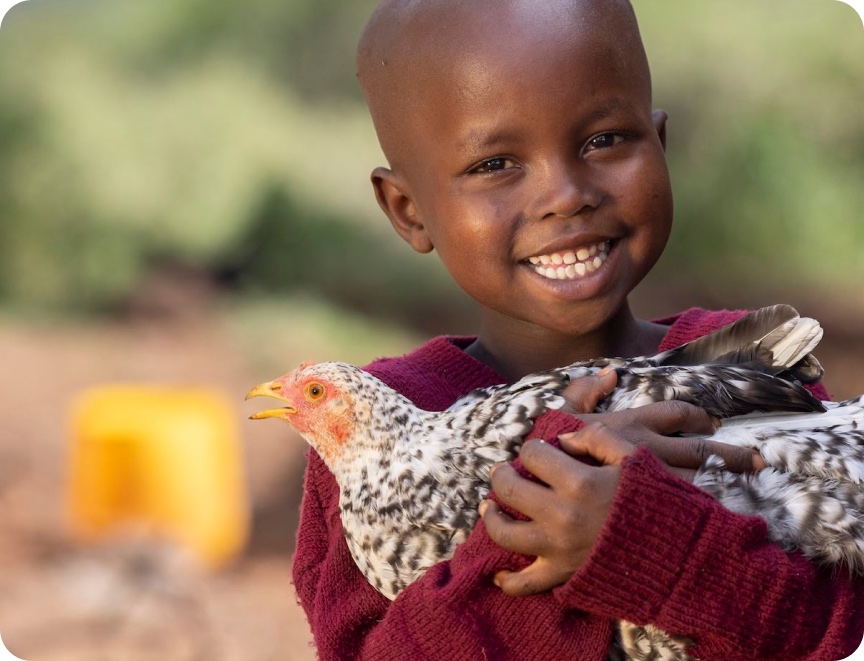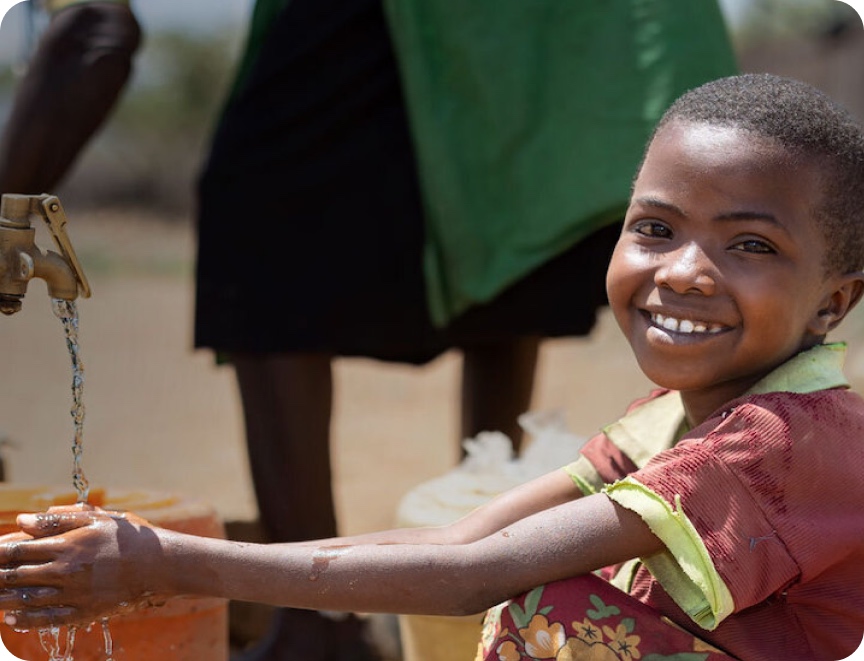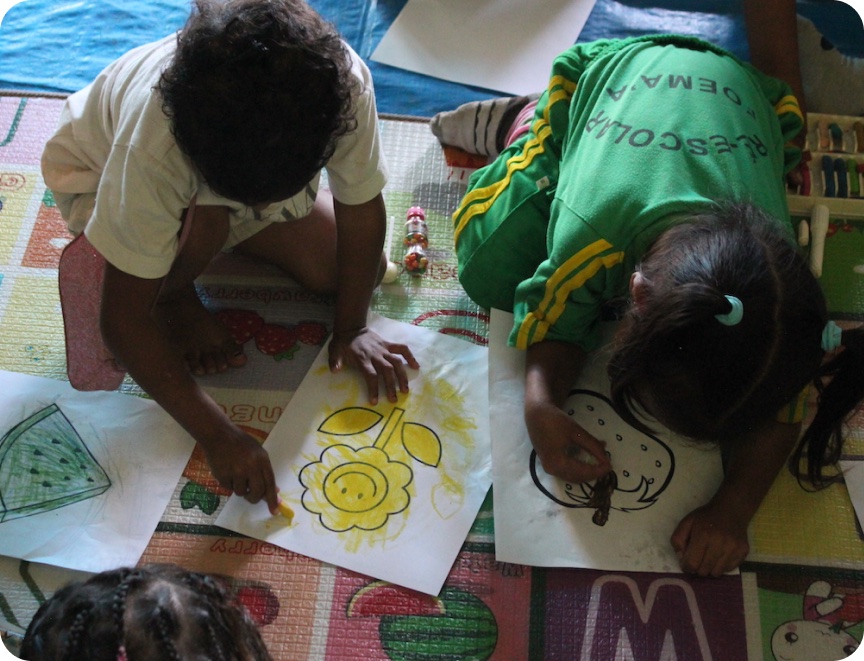Sydney, Australia, 8 May 2015: Vital aid projects supporting children in our region are on hold as Australian aid agencies, including ChildFund Australia, prepare for Treasurer Joe Hockey to announce the biggest aid cuts in the nation’s history on Budget night (12 May).
Clarification is urgently needed on how the cuts will impact non-government aid organisations that receive funding through the Australian NGO Cooperation Program (ANCP).
For ChildFund Australia, a significant funding cut will mean scaling back or not going ahead with vital aid projects for children and families in 13 countries throughout the Asia-Pacific and Africa.
“We told these countries a few months back not to develop new proposals for funding because of the cuts. They were, of course, very disappointed as ChildFund Australia, working under the ANCP, had been a reliable and valued partner for many years,” said ChildFund Australia CEO Nigel Spence.
“Our priority is to continue projects we already have started, on which people are working and local commitments have been made, although we will likely have to reduce their activities.”
At a time when regional peace and prosperity are key foreign policy priorities for the Australian Government, the decision to cut funding for programs that are improving the lives of the most vulnerable children and families in our region appears short-sighted – particularly when aid spending amounts to just 1 per cent of the Federal Budget.
“Aid is one part of the bigger picture in reducing poverty and advancing opportunities in our region; not the only solution and not working in isolation, but a critical part of the broader effort,” said Mr Spence.
“The aid budget comprises such a tiny percentage of Australia’s overall expenditure that even the most severe cuts to aid will have little impact on the Budget’s bottom line – yet this small investment makes a life-changing difference to so many children and families in our region who are doing it extremely tough.”
Aid projects are vital for children living in poor communities who don’t always benefit immediately or directly from general economic growth – the cornerstone of the Australian government’s ‘new aid paradigm’. Papua New Guinea is an example. The country is one of the fastest-growing economies worldwide, but is ranked 157th out of 187 countries in terms of its human development. Well-targeted aid and development projects ensure children aren’t left behind.
Mr Spence added: “Australia is a wealthy country surrounded by developing nations and fragile states. The Asia-Pacific region is home to the greatest number of children living in poverty, and the greatest number of disasters each year. It is critical that we rebuild both political and public support for Australian aid if we are to ensure the care and protection of children in our region.”


